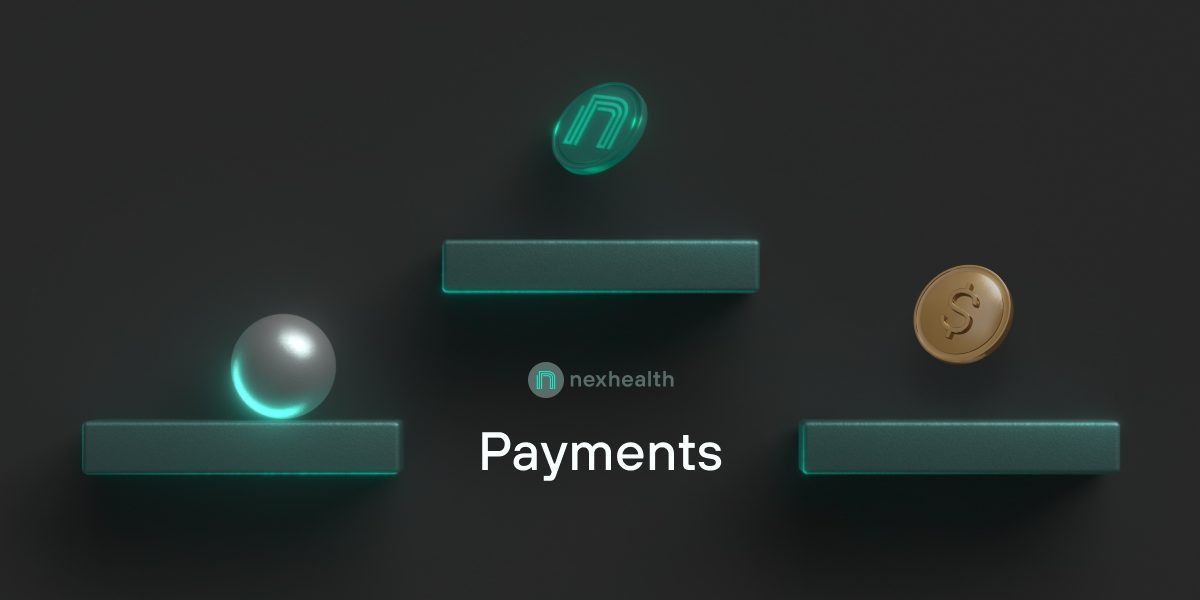
How to Get More Positive Patient Reviews
No one is perfect, and that includes your healthcare marketing. Learn how to get positive patient reviews despite inevitable hiccups along the way.
A review from a patient isn’t always going to be positive.
When a patient leaves a review on platforms such as Yelp, Google, or Facebook, they want their voice to be heard and their experience with your establishment known. This is why practices cannot afford to ignore patient reviews moving forward into 2019 and must focus on patient experience. 96% of the time, the reasons behind a poor review is poor communication and customer service with an establishment.
Aside from having to be in-sync with your staff, there is a new level of expectation as one shops for their next doctor and practice. Since patients are paying more out of pocket during their visits, it only makes sense that patient reviews play one of the biggest roles in the deciding factor. 93% of consumers say that online reviews impact their purchasing decisions.
There is now a culture surrounding reviews. After all, no one wants to be the first to try a service. To keep current patients happy, focus on understanding how they feel through their lifecycle at your practice. If you want more patients to book appointments, then let’s shed some light on a few ways to gain positive reviews.
Staff meetings
94% say an online review has convinced them to avoid a business.
It all starts with you and your team. If you want good reviews you need to take the time to find out what you and your practice can improve upon when interacting with your patients. It’s also important to understand what your patients expect when they walk in the door, aside from the general purpose of dental work. Since the first interaction customers experience is with your front-desk staff, it’s crucial to set up a time, typically once a week to go over and discuss all aspects of your practice. After the first couple of meetings with your staff, you will have a consistent foundation to provide exceptional customer service for current and new patients.
Things to cover:
- Patient complaints
- Staff interactions
- New promotions
- Events
- Tech training
- Case studies
Get active on social
89% of prospective patients read the business owner’s response to online reviews.
Having a social presence is one of the best ways to build trust with your audience. Aside from in-person interactions, platforms such as Yelp, Facebook, Twitter, Instagram, and LinkedIn are great for hearing what your customers have to say. If your practice does not have a social presence, then the first step would be to build one for yourself. This may take a little time to set up but will skyrocket your trust factor with current and prospective customers.
Ways to get active on social:
- Reply to comments
- Post quality and applicable content
- Create surveys
- Run raffles and promotions
- Join industry groups
- Intensify reviews
The more active you are on social media, the better your chances are to gain more customers and better reviews. Yelp is one of the leading sources to host customers reviews, so take the time in replying to reviews and hearing what your customers have to say. Don’t be shy in asking your patients to leave a review through two-way messaging or in-person. 68% of consumers will leave a review if asked. Make sure you regularly monitor communications and average response time as well.
Strengthen your website
25% of consumers report only leaving reviews when they experienced great service.
Strengthening your online presence is a must, just like your social presence. Your website is the first thing potential customers see when considering your service. If your potential customers become frustrated with your website, they will be more inclined to leave sooner than you think. Having your landing page optimized for SEO purposes is one of the leading ways potential customers can find your practice. It’s increasingly important to focus more on your website and search optimization.
Questions to ask yourself:
- Is my website gaining traffic?
- Are my customers engaged?
- How long are my customers on my page?
- Are my customers frustrated with my website?
By answering these simple questions, you are setting yourself up to provide a stronger customer experience. The easier patients can navigate through your website, the happier their experiences become.
Capitalize on new features
With the rapid advancement of technology, there are a lot of options to consider when attempting to attain positive customer reviews. Take, for example, online booking. Most practices have a form to fill out or number to call. This can be annoying for your customers, especially if they are on hold for awhile or have to wait for a phone call back.
A quick and simple fix to this is by providing a “book appointment” button that contains no forms, allowing customers to go through your process on their terms. This adds a huge layer of convenience because of the fact that they can book online appointments after hours. Most people work and find it difficult to run errands during their work hours, like scheduling appointments and making phone calls. Roughly 73% of online appointments are booked after hours.
Another feature that brings you one step closer to better customer reviews is by providing convenience for your patients to communicate with you. Two-way messaging, recalls, and automatic reminders make follow-ups a breeze with current patients. Strengthening your patient retention process and experience leads to better reviews and more revenue for your practice.
Next steps
60.9% of shoppers use Google to find local businesses and 11.4% of use Yelp.
To gain positive reviews for your practice, it’s time to get involved with your patients. Get personal with your patients and hear their story, it paves the way for a stronger relationship with your practice. Word of mouth is still the strongest form to get new patients so don’t be shy in asking your current patients to write a review about you and your practice. Have your patients be your advocates and salesmen. This builds trust and creates a culture around your practice that makes it enticing to others.
More practices by the day are utilizing services like NexHealth to ramp up their patient experience for better customer reviews. NexHealth offers a wide arrange of features that give practices the tools they need to get ahead in this competitive market. With real-time online booking, two-way messaging, text/email billing, automatic reminders, recalls, improved customer reviews, and data-driven reports, practices are now able to customize their patient experience on their terms.
If you are ready to improve your patient experience for positive patient reviews, feel free to schedule a free personal demo with one of your specialists today!

_BestEstimatedROI_Roi.png)
_BestSupport_QualityOfSupport.png)
















.png)



.svg.png)




And I've used at least 6 others." - Shaye, Falmouth Dentistry